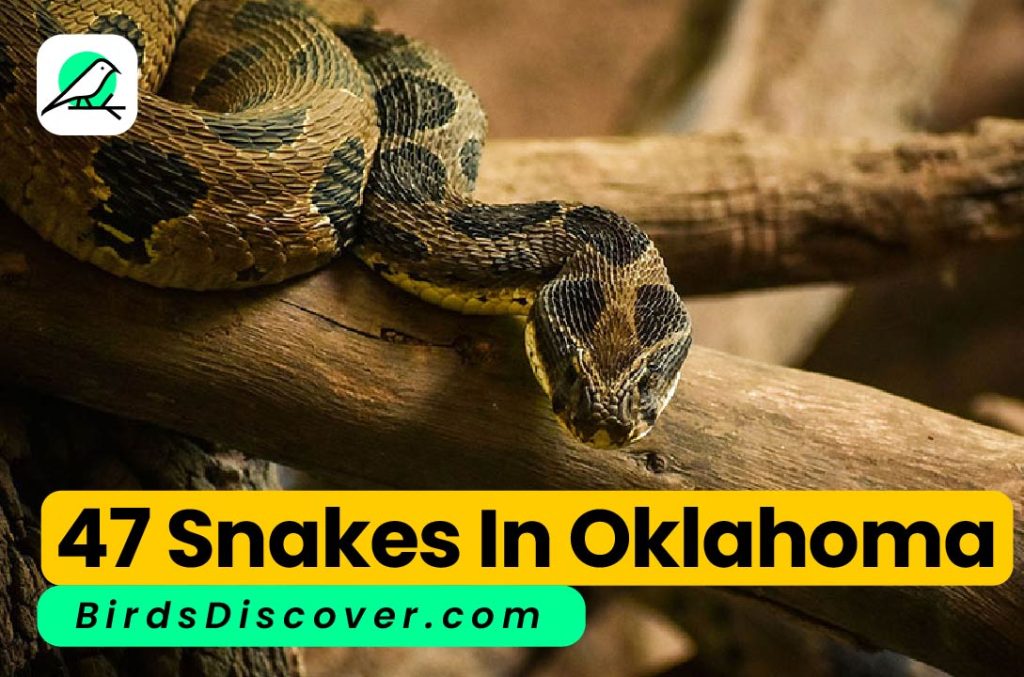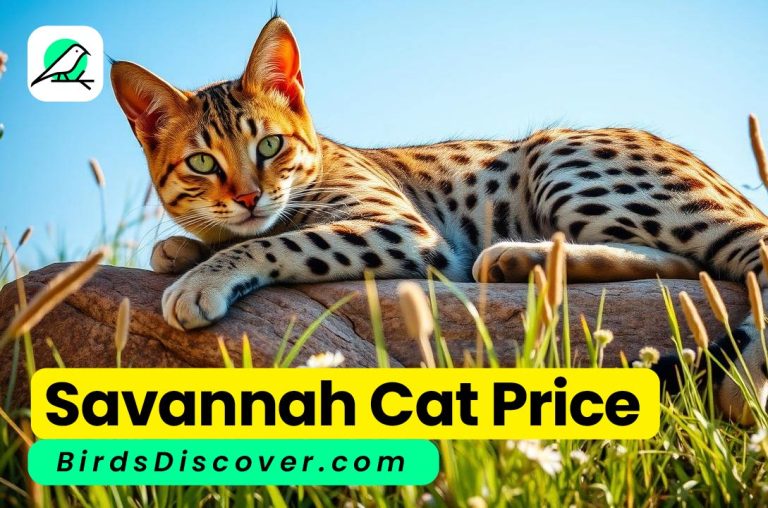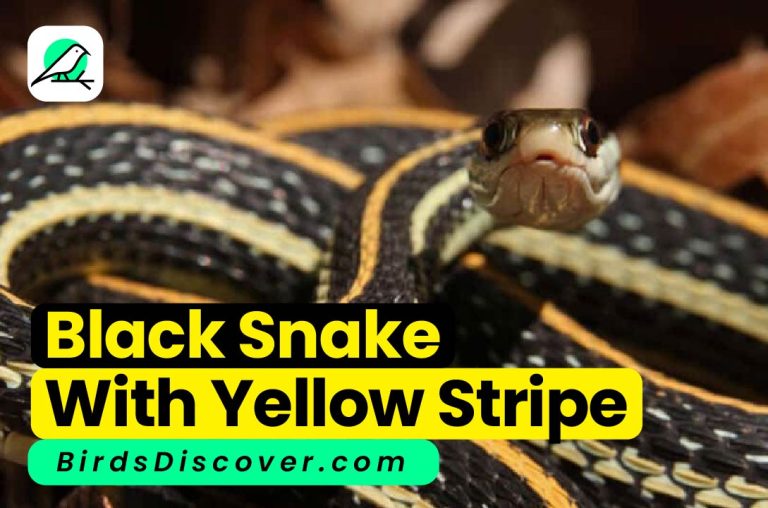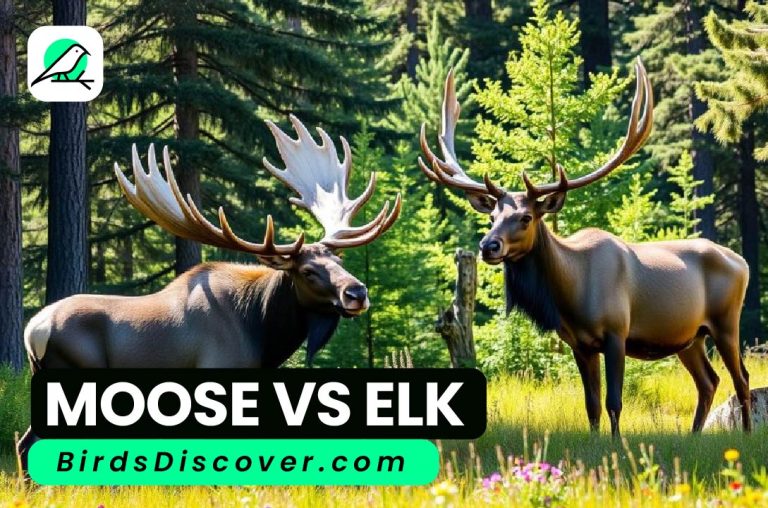47 Snakes in Oklahoma, Biography, Facts, Pictures

Snakes in Oklahoma
Snakes in Oklahoma. Oklahoma is home to a diverse range of snake species, reflecting the state’s varied habitats, from prairies to woodlands and wetlands. Among the 47 species found in the region, some of the most notable include the Western Diamondback Rattlesnake, a well-known venomous species recognized by its distinctive diamond pattern, and the Eastern Copperhead, known for its coppery hue and beautiful markings.
Many non-venomous species also thrive in Oklahoma, such as the Eastern Garter Snake and the Rat Snake, which are often found in gardens and agricultural areas. These snakes play a crucial role in controlling rodent populations, contributing to the ecological balance.
Oklahoma’s climate supports both terrestrial and aquatic snakes, including the Common Water Snake and the Smooth Green Snake. While the majority of snakes in Oklahoma are harmless, residents should remain cautious, especially during warmer months when snakes are more active. Education about local snake species can help mitigate fears and promote coexistence. By appreciating the vital roles these reptiles play in the ecosystem, Oklahomans can foster a greater understanding of their natural surroundings while ensuring safety and conservation.
Eastern Hognose Snake
Heterodon platirhinos
Noted for its upturned snout and defensive behaviors.
Fact: Fakes death when threatened.
Black Mamba
Dendroaspis polylepis
One of the world’s deadliest snakes.
Fact: Fast and aggressive, can reach speeds of 12 mph.
King Cobra
Ophiophagus hannah
The largest venomous snake, known for its size and intelligence.
Fact: Can deliver a large quantity of venom in a single bite.
Indian Cobra
Naja naja
Recognized by its hood and ability to stand upright.
Fact: Important in Indian mythology and culture.
Coral Snake
Micrurus fulvius
Highly venomous, with distinctive color patterns.
Fact: “Red on black, venom lack; red on yellow, kill a fellow.”
Green Tree Python
Morelia viridis
Known for its striking green color.
Fact: Excellent climbers, they spend most of their time in trees.
Burmese Python
Python bivittatus
One of the largest snakes in the world.
Fact: Non-venomous and often kept as pets.
Western Diamondback Rattlesnake
Crotalus atrox
Famous for its distinctive rattle and diamond pattern.
Fact: Can sense heat, helping it hunt in the dark.
Garter Snake
Thamnophis sirtalis
Commonly found in North America.
Fact: Non-venomous and often found near water.
Eastern Diamondback Rattlesnake
Crotalus adamanteus
The largest rattlesnake species.
Fact: Known for its distinctive diamond pattern and rattle.
Timber Rattlesnake
Crotalus-horridus
Found in the eastern United States.
Fact: Can live up to 30 years in the wild.
Reticulated Python
Malayopython reticulatus
Longest snake species in the world.
Fact: Can grow over 20 feet in length.
Boa Constrictor
Boa constrictor
Commonly kept as a pet and known for its constricting method of killing prey.
Fact: Can consume large prey due to its expandable jaw.
Chinensis Rat Snake
Coelognathus radiatus
Known for its vibrant coloration.
Fact: Often found in trees and shrubs.
Ball Python
Python regius
A popular pet snake due to its docile nature.
Fact: Known for its ability to curl into a ball when threatened.
Yellow Anaconda
Eunectes notaeus
One of the largest snake species in the world.
Fact: Can weigh over 100 pounds.
Black Rat Snake
Pantherophis obsoletus
Commonly found in the eastern United States.
Fact: Excellent climbers, often found in trees.
Red-Bellied Black Snake
Pseudechis porphyriacus
Found in eastern Australia.
Fact: Semi-aquatic, often found near water.
Eastern Coral Snake
Micrurus fulvius
Highly venomous with distinctive color patterns.
Fact: Has a neurotoxic venom that affects the nervous system.
Western Hognose Snake
Heterodon nasicus
Known for its upturned snout and unique defense tactics.
Fact: Often plays dead when threatened.
Common Garter Snake
Thamnophis sirtalis
Widely distributed across North America.
Fact: Non-venomous and very common.
Western Coachwhip
Masticophis flagellum
Known for its speed and slender body.
Fact: Can reach speeds of up to 8 mph.
Black Mamba
Dendroaspis polylepis
One of the most venomous snakes in the world.
Fact: Can be extremely aggressive when threatened.
Sidewinder Rattlesnake
Crotalus cerastes
Famous for its unique sideways movement.
Fact: Adapted to moving on sandy surfaces.
Olive Python
Morelia oenpelliensis
Native to the northern regions of Australia.
Fact: Known for its olive green color.
Spotted Python
Antaresia maculosa
A smaller python species native to Australia.
Fact: Often found in rocky outcrops.
Ring-necked Snake
Diodora punctatus
Recognizable by its distinctive colored ring around its neck.
Fact: Often feeds on amphibians and small reptiles.
Milk Snake
Laminophis triangulum
Non-venomous and often mistaken for the venomous coral snake.
Fact: Known for its beautiful color patterns.
Pygmy Rattlesnake
Sistrurus catenatus
A small rattlesnake species found in the southeastern U.S.
Fact: Often lives in swampy areas.
Black Snake
Coluber constrictor
Commonly found in North America.
Fact: Non-venomous and often mistaken for other species.
Viper
Vipera berus
Known for its distinctive zigzag pattern on its back.
Fact: Its venom can cause pain and swelling.
Desert Horned Viper
Vipera ammodytes
Notable for its horned appearance.
Fact: Camouflaged against desert environments.
Eastern Brown Snake
Pseudonaja textilis
Second most venomous land snake in the world.
Fact: Highly aggressive and quick to bite.
Forest Cobra
Naja melanoleuca
Found in Central and West Africa.
Fact: Known for its potent venom.
Common Brown Snake
Pseudonaja textilis
Commonly found in Australia.
Fact: Highly variable in color and pattern.
Green Mamba
Dendroaspis angusticeps
Known for its vibrant green color.
Fact: Extremely venomous and fast-moving.
Red-Tailed Boa
Boa constrictor
Recognized for its beautiful red tail.
Fact: Non-venomous and constricts prey.
Sand Boa
Eryx jaculus
Found in desert habitats.
Fact: Burrows into sand for protection.
Yellow-Bellied Sea Snake
Pelamis platura
A highly venomous sea snake.
Fact: Can be found in warm waters around the world.
Common Krait
Bungarus caeruleus
Highly venomous and nocturnal.
Fact: Known for its neurotoxic venom.
Malayan Krait
Bungarus candidus
Known for its highly toxic venom.
Fact: Often active at night.
Western Water Snake
Nerodia sipedon
Commonly found in North America.
Fact: Non-venomous and often mistaken for water moccasins.
Puff Adder
Bitis arietans
Known for its potent venom.
Fact: Responsible for many snakebite fatalities in Africa.
Forest Pit Viper
Bothrops asper
Found in Central and South America.
Fact: Can be highly aggressive when threatened.
Egyptian Cobra
Naja haje
Known for its cultural significance in ancient Egypt.
Fact: Can stand up and spread its hood when threatened.
Cat-eyed Snake
Leptodeira septentrionalis
Known for its unique eye structure.
Fact: Primarily feeds on frogs and small rodents.
Rattlesnake
Crotalus spp.
Famous for its rattle, used as a warning signal.
Fact: There are many species of rattlesnakes.
Snakes in Oklahoma Facts
| Fact | Description |
|---|---|
| Diversity | Oklahoma is home to 47 species of snakes, including both venomous and non-venomous varieties. |
| Venomous Species | Notable venomous snakes include the Western Diamondback Rattlesnake, Eastern Copperhead, and Cottonmouth. Their bites can be serious but are rarely fatal with prompt medical attention. |
| Non-Venomous Varieties | Non-venomous snakes like the Eastern Garter Snake and Rat Snake help control pest populations. |
| Habitat Variety | Snakes inhabit various ecosystems, including grasslands, forests, wetlands, and rocky areas. |
| Hibernation | Many snakes enter a state of brumation during colder months, seeking shelter in burrows or crevices. |
| Diet | Most snakes are carnivorous, feeding on rodents, amphibians, birds, and insects. |
| Camouflage | Many species have excellent camouflage to blend in with their surroundings, making them hard to spot. |
| Reproduction | Snakes typically reproduce in spring; some species have long gestation periods, giving birth every few years. |
| Behavior | Many snakes are primarily nocturnal, hunting at night to avoid daytime predators and heat. |
| Conservation | Several species are threatened or endangered due to habitat loss and human activity, highlighting the need for conservation efforts. |
1. Copperhead Snake (Agkistrodon contortrix)

Known for its distinctive hourglass markings, the Copperhead is typically found in wooded or rocky areas. Its bite is painful but rarely fatal, making it one of the less dangerous venomous snakes. They are excellent at camouflaging within their environment.
2. Cottonmouth Snake (Agkistrodon piscivorus)

Also known as the water moccasin, this semi-aquatic snake is found near ponds and swamps. It is aggressive when threatened and displays its white mouth as a warning. Cottonmouths are potent predators of fish and amphibians.
3. Western Diamondback Rattlesnake (Crotalus atrox)

Famed for its diamond-patterned skin and rattle, this snake can be found in deserts and grasslands. It is highly venomous and uses its rattle as a warning sign to potential threats.
4. Timber Rattlesnake (Crotalus horridus)

Preferring wooded areas, the Timber Rattlesnake has muted colors for better camouflage. This snake is less aggressive than others but can deliver a dangerous bite when threatened.
5. Prairie Rattlesnake (Crotalus viridis)

Commonly found in grasslands, the Prairie Rattlesnake relies on its rattle to warn predators. It feeds on small mammals and is generally not aggressive unless provoked.
6. Western Massasauga Snake (Sistrurus catenatus)

This smaller rattlesnake prefers wetlands and grasslands. Though venomous, it is often shy and will avoid confrontation if possible.
7. Pygmy Rattlesnake (Sistrurus miliarius)

One of the smallest rattlesnakes, the Pygmy Rattlesnake is often found in leaf litter. Its small size and excellent camouflage make it difficult to spot.
8. Glossy Snake (Arizona elegans)

A non-venomous species that thrives in sandy areas, the Glossy Snake is nocturnal and primarily feeds on lizards. Its smooth, shiny scales provide excellent camouflage.
9. Worm Snake (Carphophis amoenus)

This small, harmless burrowing snake feeds primarily on earthworms. Its smooth body allows it to move easily through the soil.
10. Scarlet Snake (Cemophora coccinea)

Often mistaken for the venomous coral snake, the Scarlet Snake is non-venomous and primarily feeds on small snakes and lizards.
11. Southern Black Racer (Coluber constrictor)

This fast, non-venomous snake is often found in a variety of habitats. Known for its speed, it preys on small mammals and lizards.
12. Ring-Neck Snake (Diadophis punctatus)

Identifiable by its distinctive yellow or orange neck ring, this small, non-venomous snake is found in wooded areas and feeds on amphibians and small reptiles.
13. Great Plains Rat Snake (Pantherophis guttatus)

A large, non-venomous snake that inhabits grasslands and woodlands, the Great Plains Rat Snake preys on rodents and is known for its climbing abilities.
14. Black Rat Snake (Pantherophis obsoletus)

With striking black coloration, this non-venomous snake is adept at climbing and often helps control rodent populations.
15. Mud Snake (Farancia abacura)

An aquatic snake found in slow-moving waters, the Mud Snake primarily feeds on amphibians. It is non-venomous and has a distinctive appearance.
16. Western Hognose Snake (Heterodon nasicus)

Recognizable by its upturned snout, this harmless snake is known for its unique defensive behavior, often playing dead when threatened.
17. Eastern Hognose Snake (Heterodon platirhinos)

Similar to its western counterpart, this non-venomous snake primarily feeds on amphibians and exhibits similar defensive behaviors.
18. Texas Night Snake (Hypsiglena torquata)

A small, nocturnal snake found in rocky areas, it plays a vital role in pest control by preying on small mammals and lizards.
19. Prairie King Snake (Lampropeltis calligaster)

Often mistaken for a rattlesnake, this non-venomous species preys on a variety of animals, including rodents and other snakes.
20. Desert and Speckled King Snakes (Lampropeltis getula)

Both species are non-venomous and are known for their beautiful patterns, playing a crucial role in controlling rodent populations.
21. Milk Snake (Lampropeltis triangulum)

Often confused with the coral snake, the Milk Snake is harmless and primarily feeds on rodents. It is known for its striking color patterns.
22. Blind Snake (Leptotyphlops spp.)

Rarely seen, these small snakes live underground, primarily feeding on ants and termites. They are adapted to a burrowing lifestyle.
23. Glossy Water Snake (Nerodia spp.)

This non-venomous water snake is found near ponds and feeds primarily on fish and amphibians. It is often mistaken for more dangerous species.
24. Coachwhip Snake (Masticophis flagellum)

Known for its speed, this snake primarily preys on lizards and small mammals. It is non-venomous and can be found in various habitats.
25. Yellow-Bellied Water Snake (Nerodia erythrogaster)

Commonly found in freshwater habitats, it is identifiable by its yellow belly and primarily feeds on fish and amphibians.
26. Broad-Banded Water Snake (Nerodia fasciata)

Featuring distinctive bands, this non-venomous snake is often found near water and feeds on fish.
27. Diamond Back Water Snake (Nerodia rhombifer)

A large, non-venomous water snake known for its diamond-shaped markings. It is commonly found in rivers and feeds on fish.
28. Northern Water Snake (Nerodia sipedon)

Often mistaken for venomous species, this harmless snake is frequently found in freshwater habitats and feeds on fish.
29. Rough Green Snake (Opheodrys aestivus)

A slender, bright green snake found in trees, it primarily feeds on insects and is known for its calm demeanor.
30. Bull Snake (Pituophis catenifer)

This large, non-venomous constrictor can mimic rattlesnakes when threatened. It plays an important role in controlling rodent populations.
31. Graham’s Water Snake (Nerodia grahamii)

Recognizable by its distinctive patterns, this non-venomous snake is found in freshwater habitats and primarily feeds on fish.
32. Long nosed Snake (Rhinocheilus lecontei)

Named for its elongated snout, this non-venomous snake inhabits arid regions and primarily preys on lizards.
33. Great Plains Ground Snake (Sonora semiannulata)

A small, non-venomous snake found in sandy areas, it burrows to hunt for insects.
34. Brown Snake (Storeria dekayi)

A small, secretive snake found in gardens and wooded areas, it primarily feeds on slugs and earthworms.
35. Texas Brown Snake (Storeria dekayi texana)

Similar to the common brown snake, it is found in gardens and grassy areas, feeding on slugs and small invertebrates.
36. Red-Bellied Snake (Storeria occipitomaculata)

This small, non-venomous snake is found in moist environments and is easily recognizable by its red belly.
37. Flat-Headed Snake (Tantilla gracilis)

Often found in moist environments, this small snake feeds on small invertebrates and is non-venomous.
38. Black-Headed Snake (Tantilla nigriceps)

A small, non-venomous species found in leaf litter, primarily a nocturnal hunter of small invertebrates.
39. Black-Necked Garter Snake (Thamnophis cyrtopsis)

Commonly found near water sources, known for its striking coloration and adaptability in various habitats.
40. Wandering Garter Snake (Thamnophis elegans)

Known for its distinctive stripes and adaptability, it primarily feeds on amphibians and is often found near water.
41. Checkered Garter Snake (Thamnophis marcianus)

Recognizable by its checkered pattern, this non-venomous snake is found in moist areas and feeds on amphibians.
42. Western Ribbon Snake (Thamnophis proximus)

A slender snake often found near water, known for its distinctive stripes and non-venomous nature.
43. Plains Garter Snake (Thamnophis radix)

Commonly found in grasslands, this non-venomous snake plays a role in pest control by feeding on small rodents.
44. Texas Garter Snake (Thamnophis sirtalis annectens)

Known for its vibrant colors, this snake is found in a variety of habitats and is often seen near water.
45. Common Garter Snake (Thamnophis sirtalis)

Highly adaptable, this non-venomous snake can be found in many environments and feeds on a variety of small prey.
46. Eastern Garter Snake (Thamnophis sirtalis sirtalis)

Often seen in gardens and wooded areas, it is known for its distinctive stripes and non-venomous nature.
47. Lined Snake (Tropidoclonion lineatum)

A small, non-venomous snake found in grassy areas, it primarily feeds on invertebrates and is known for its thin body and lined appearance.
Conclusion
Oklahoma is home to a rich diversity of snake species, each contributing to the ecosystem in its own unique way. While many of these snakes are harmless, understanding their behaviors and habitats can enhance our appreciation for these fascinating creatures and promote coexistence in the natural world. Whether you encounter them in your backyard or while exploring the great outdoors, remember to observe from a distance and respect their role in the environment.
FAQS
Are there venomous snakes in Oklahoma?
Answer: Yes, Oklahoma is home to several venomous snakes, including the Western Diamondback Rattlesnake, Copperhead, Cottonmouth (Water Moccasin), and Timber Rattlesnake. While their bites can be serious, most snakes prefer to avoid humans and will only strike when threatened.
How can I identify a venomous snake?
Answer: Venomous snakes in Oklahoma often have distinct features: rattlesnakes have a rattle at the end of their tail; Copperheads and Cottonmouths have hourglass and dark band patterns, respectively. Additionally, venomous snakes typically have triangular heads and slit-like pupils, whereas non-venomous snakes usually have round pupils.
What should I do if I encounter a snake?
Answer: If you encounter a snake, the best course of action is to remain calm and back away slowly. Most snakes will retreat if given space. Avoid trying to handle or provoke the snake, as this increases the risk of a bite.
Are snakes beneficial to the ecosystem?
Answer: Yes, snakes play a vital role in the ecosystem. They help control populations of rodents and other small animals, contributing to the balance of their habitats. Many snakes also serve as prey for larger animals, further integrating them into the food web.
What should I do if I get bitten by a snake?
Answer: If bitten by a snake, seek immediate medical attention, especially if the snake is venomous. Keep the affected limb immobilized and at or below heart level. Do not attempt to suck out the venom or apply ice, as these methods can worsen the situation.







